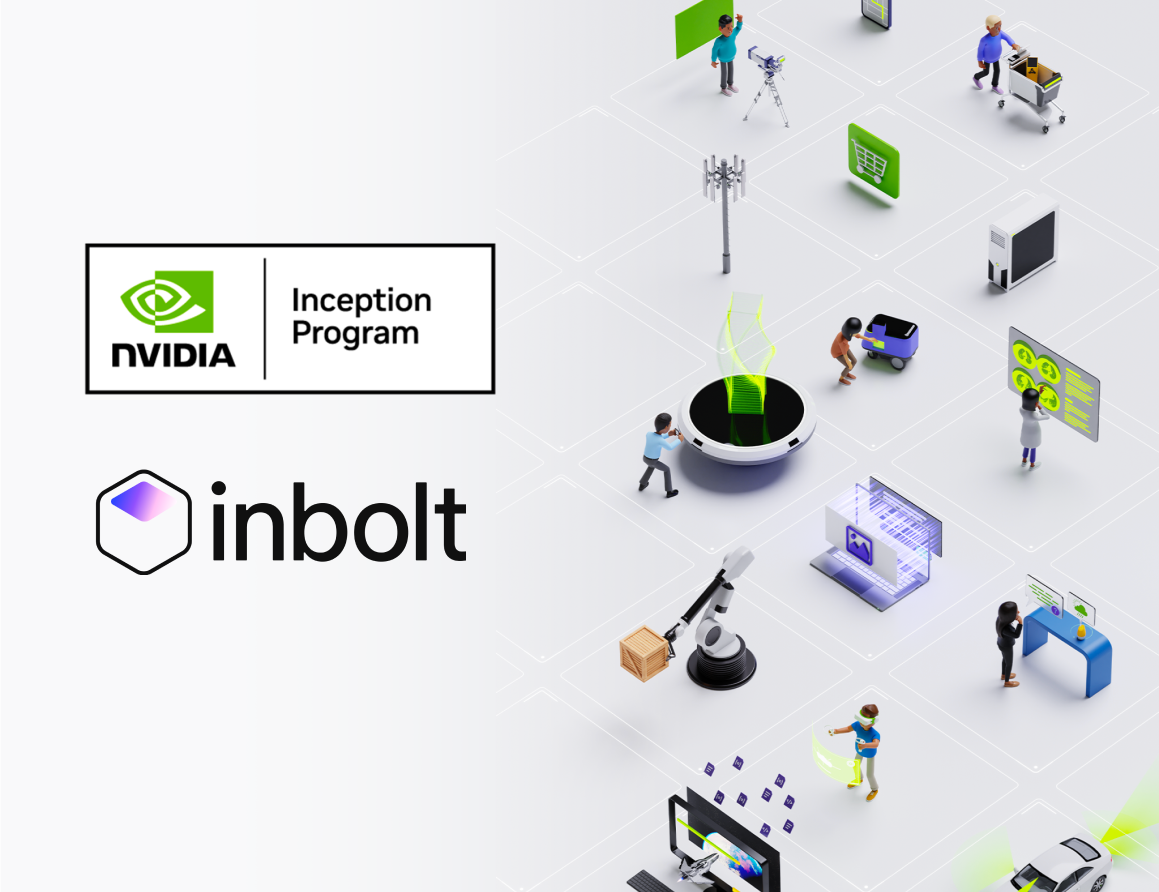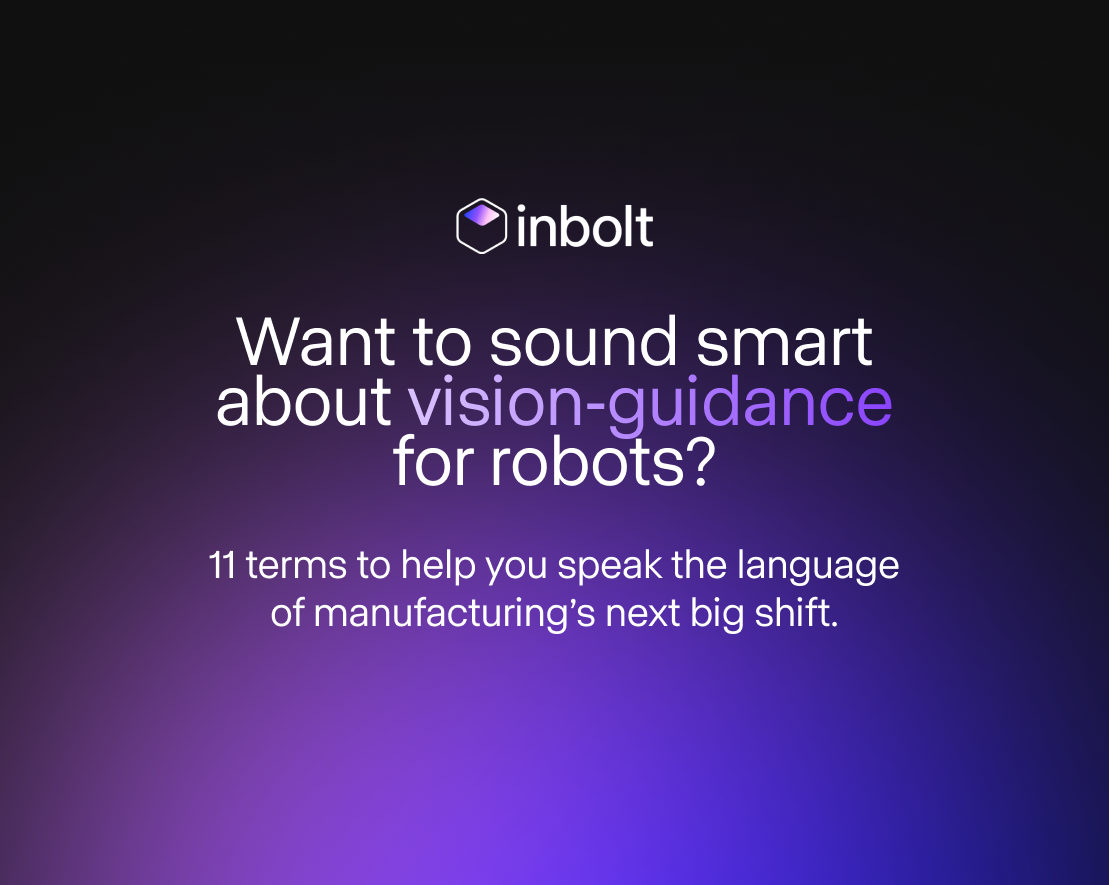What are Integration Costs?
Integration costs are a significant part of robotic automation, encompassing expenses for customizing robots to specific tasks. Factors such as the robot itself, integrator fees, end effectors, vision systems, and training contribute to these costs. Today, we discuss strategies to reduce these costs.
Integration costs are a non-negligible part of automating your robotic set-up. In the context of robotics, they refer to the expenses incurred in integrating a robot and giving it its mission.
Integration costs happen because when a company purchases a robot, all that comes is a machine without a predefined purpose. The integrator’s role is to provide the robot with its purpose, as defined by the company.
💡 Want to know more about integration? Click here.
These costs are complex to map out and usually require significant investment, and though more and more processes are being invented to try and decrease the costs—some of which will be discussed in this article—integrators have long been an essential part of ensuring that the robot operates effectively in the specific environment set up for it, by customising it to meet companies’ unique needs and requirements. Integrating a robot involves a range of tasks: programming it, testing it, configuring it so that it can talk with the other systems in place, etc.
According to a market research report, the system integrator market for industrial automation is expected to grow from USD 27.0 billion in 2022 to USD 35.5 billion by 2027 at a CAGR of 5.6%.
For years, there have been attempts at reducing or even eliminating integration costs, with mitigated success.
Integration Costs
A robot is a sophisticated piece of machinery without purpose, like buying a computer without software—it has vast potential, but needs direction.
That's where integrators step in.
They customise the robot for the company’s specific use case, enabling it to carry out the tasks they need. The integration process requires extensive planning, programming, and testing, all of which contribute to the integrator's fee, which can go anywhere from a few thousand to several hundred thousands dollars, equalling an estimated four to six times the initial cost of the robot.
This service is critical to ensure that the robot operates as expected and actually adds value to the operation.
“If you search the web for a $25,000 robot, more than likely it's going to be used, and it's not going to be completely integrated. So, I don't see the $25,000 threshold being the entry into the market. Yes, you can get a robot, such as the MotoMini, for less than $20,000—in a box. That's it. No grippers, no custom engineering. No safety. Customers today are looking for a complete solution, integrated, well-packaged and convenient. So, while it obviously depends on the environment and the application, a rule of thumb would be probably four to six times the robot price itself for a completely integrated package, turnkey, ready to produce parts on the customer's floor.”
—Zane Michael, Director of thermal business development at Yaskawa Motoman
Cost Factors in Integration
Here is the breakdown of some common cost factors:
- Robot: This is the initial expense—the base cost of the automation project. Its cost will depend on its sophistication, the number of axes it has, its payload capacity, speed, and precision, ranging in price from a few thousand to several hundred thousands (though everyone seems to have a different opinion, a shot in the dark would suggest prices going from $25K for a robot, to upward of $200K)
- Integrator's Fee: This service fee is dependent on the number of days the integrator spends on deploying the solution, and can more than double the cost of the hardware itself. This fee is generally proportional to the time and expertise required to deploy the solution. In general, revenue streams for systems integrators come in three main sources: consulting, infrastructure integration and, in some cases, the software integration that goes with it.
- End Effectors: These are the physical components that interact directly with the environment. They can either be off-the-shelf items or custom-built, with custom options naturally incurring additional costs. End effectors are the 'hands' of the robot. Depending on the robot’s purpose, the end effector will vary: grippers, suction cups, welding torches, painting sprays, etc. These E-o-a-T do not come with the robot upon purchasing.
- Jigs and Fixtures: These hold the system in place while the robot works on them. Jigs will hold a manufacturing tool in place while fixtures will hold the workpiece itself. They need to be prototyped, built, and tested. They can be 3D printed, which can be done in-house for a reduced cost, or metal versions can be created by integrators, which tend to last longer but cost more. In addition, any slight change to the workpiece down the line will require the jigs and fixtures to be entirely redone. As you need as many jigs and fixtures as workpieces advancing on the automation belt, these costs can climb quite quickly.
- Vision & Sensors: These elements are crucial for the robot's functionality and can't be overlooked. Both hardware costs and programming costs fall under this category. Robots rely more and more on vision systems and sensors to interact with their environment or the workpieces themselves. Their cost will depend on their complexity and the level of precision required for the specific task incurred to the robot.
- Safety: Collaborative robots (cobots) are slower, but safer, as they don't require cells, unlike traditional industrial robots. Two options are thus available: using a cobot and compromising on speed but saving on a safety mechanisms, or using a tradition industrial robot and compromising on safety mechanisms to achieve more speed.
- Personal Training: A robot isn’t programmed and left to its own devices. The team on site needs to be trained to operate, maintain, and troubleshoot the robot effectively, leading to training costs. Here, similarly to vision systems, the more complex the robot, the higher the training costs.
- Production Downtime: The integration process itself will cause interruptions to the company’s regular operations, resulting in production downtime. Moreover, once the robot is operational, any bugs in the system can lead to a faulty robot, which can lead to downtime, which then translates into lost profits.
💡 Visit inbolt to learn more about our vision solution
“It really depends on the application. It could be literally anything.Typically, I would say that for a simple application you want to try for south of 40 grand for the package as a whole. Or lower.”
—Jurgen Von Hollen, CEO of Universal Robots
Pre-engineered cells can be used to cut some costs, but they aren’t usually created to meet all of a company’s specific needs, as they are a type of off-the-shelf solution.
Strategies to Reduce Integration Costs
Integration costs pose a significant barrier to the wider adoption of automation.
However, there are some ways to alleviate these costs to some extent:
- Rethink Product Design: Automation is expensive because products tend to be designed for manual assembly rather than automation. In many case, the projects the integrators have to take on are very specific or custom made, which makes them all the more expensive. Rethinking the design and manufacturing process of the product to make it more automation-friendly can save significant integration costs.
- Easy-to-Program Robots: Choosing a robot that is easy to program, like a Universal Robots (UR) cobot, reduces integration time. UR cobots are popular for their ease of programming. They come with a user-friendly touch screen interface and can be programmed by moving the robot arm to desired positions.Companies like Rapid Robotics and Robco offer cobots that can be installed and operational in as little as one day.
- Invest in Vision Systems: A robust vision system can reduce the need for additional infrastructure in the cell (like jigs and positioning systems), thereby lowering costs. Modern vision systems are becoming more affordable and easy to implement, making them an excellent investment. In addition, these, contrary to jigs and fixtures, do not have to be thrown away and rebuilt every time the product changes. The robot now adapts to its environment and not the environment to the robot.
- New Business Models: In the past few years, new solutions have been appearing to help reduce upfront costs. Companies like Formic are offering innovative models where companies only pay when the system is fully functional. On the other hand, RaaS (Robotics-as-a-Service), such as Robco, is a business model where companies rent the robot and related services for a monthly or annual fee.
- Internalise Robotics Skills: Training your workforce in robotics skills reduces dependency on external integrators. Having in-house skills allows companies to maintain the robot and troubleshoot minor issues that might occur with either the robot or the cell, saving both time and money.
- Adopt Fenceless Robot Safety Systems: By adopting safety systems that do not require fencing, like those based on radar or vision, companies can reduce the amount of physical infrastructure required without compromising on productivity. This also increases the movement freedom of both workers and the robot. Notable providers in this sector include Veobot and Inxpect. These systems are designed to detect humans or obstacles in the robot's workspace and slow or stop the robot's movement to avoid collisions.
- Compute ROI: It is essential to calculate the Return on Investment (ROI) before implementing any automation solution. It is easy to see the upfront costs first and foremost, forgetting that the long-term benefits often justify the investment. A robot can work round-the-clock, improve quality, increase output, and reduce waste, leading to significant long-term savings from the company.
Reducing integration costs currently requires much effort and planning, despite new solutions slowly entering the market. By understanding these key cost factors and the strategies to mitigate them, companies can make more informed decisions about adopting industrial automation and, ultimately, driving their bottom-line.
Last news & events about inbolt

Articles
Albane Dersy named one of “10 women shaping the future of robotics in 2025”
The International Federation of Robotics has recognized Albane Dersy, co-founder and COO of Inbolt, as one of the “10 Women Shaping the Future of Robotics 2025.” At a time when manufacturers are racing to automate, Albane’s leadership stands out for bringing flexibility and intelligence to robotics on a global scale. This article explores her career, the impact of her work with Inbolt, and the leadership lessons she shares with the next generation of innovators.

Articles
Inbolt Joins NVIDIA Inception to Accelerate AI-Driven Automation
Inbolt joins the NVIDIA Inception program to boost its AI-driven automation solutions. This partnership provides access to exclusive resources, accelerating Inbolt’s mission to enhance real-time 3D vision for robots in manufacturing.
